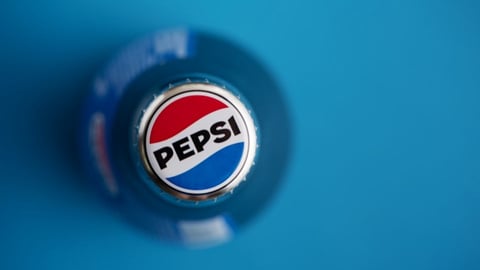Coca-Cola Takes 'Surgical' Data-Focused Approach To Slash Innovation Failure Rate
John Murphy’s Take on Innovation
“I don't apply it to a specific topic — like it's not product-centric necessarily, package-centric, equipment-centric.
Innovation in my simple language is anything new that creates value.
It's super important...to have clarity on what you expect innovation to deliver in your revenue algorithm."
The Coca-Cola Company has been taking a more disciplined approach to innovation in order to combat its historically high failure rate.
The stakes are higher for large CPG companies such as itself, and staying ahead of the game demands “constant invention and reinvention, constant understanding of what's happening in the marketplace," said John Murphy, president and CFO, at the Redburn CEO Conference last month.
The “game” has taken on a new level as Coca-Cola refreshes its marketing and innovation model to develop more precise insights, extending into advanced RGM functionality and consumer trend targeting.
For example, the company has been more precise in its consumer segmentation, understanding how profiles differ based on regional factors (i.e., rural Georgia compared to Atlanta delivers two very different shopper personas even though the locations are only a couple hours away from each other).
It even goes beyond that. That consumer data then needs to be married to behavioral queries: Where are they going? What does that journey look like? — so the company can become more disciplined in how it decides to invest its dollars to drive the greatest profit.
Optimization in that sense is a “neverending-opportunity,” Murphy said, adding that improved data analytics, consumer relationships, and business digitization are some of the levers being implemented, particularly to help reduce the trade “blanket spending” that is often found in the CPG space.
Coca-Cola Bottling Leadership Gets Innovation Boost
Other sources of information fleshing out this more targeted approach include data points from the marketplace, from Coca-Cola’s own research work, and from external sources. “It allows us [to] deepen that understanding and convert that understanding into real actions,” he said.
All of these insights are coming together within what Murphy described as the next phase of a more advanced set of capabilities in marketing, keeping data within a safe environment, having the tools in one place to leverage investments, and being more strategic about the number of integrations functioning within the stack to remain agile.
Tapping Into Analytics-Powered Innovation
In the ever-evolving world of retail and consumer products, the imperative to unify data and understand analytics has never been more vital. The potential for analytics to fuel a quantum leap in commerce is boundless, with opportunities spilling across both industries.
Learn more at our upcoming Analytics Unite event in May.
Register Now
“There was a time when the number of applications that we had was close to 2,000. We think we're at 700 or 800 now, which is sort of below what companies of our scale typically have, but then it is easy to have those integrated and easy to talk to each other.”
This scaled-down approach allows the company to make decisions about business shifts, knowing where to invest in digital, how to jump into technologies like generative AI, and how to move spend from X to Y.
“We've elevated our own capabilities to drive much greater discipline around what gets into the pipeline in the first place and why,” said Murphy. “We have much more robust metrics to constantly evaluate the performance of the various innovations that we're driving.”






